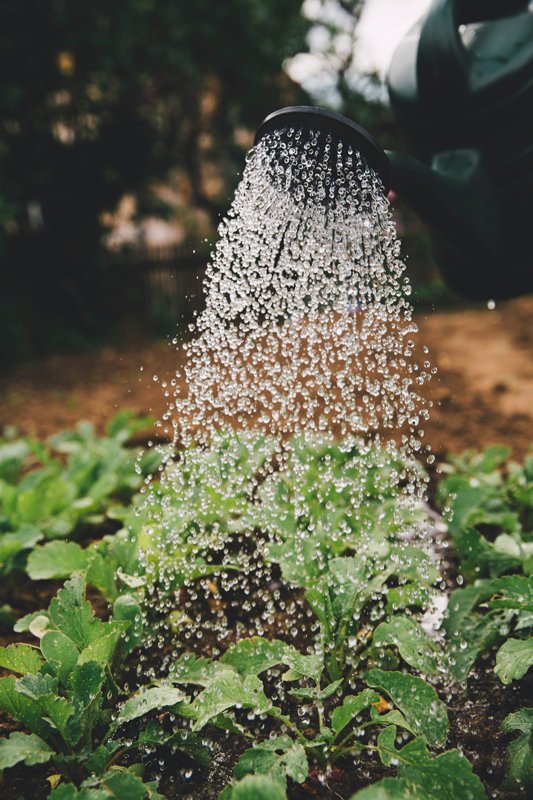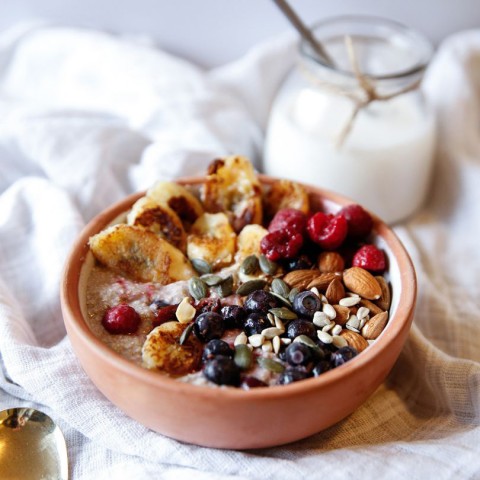If you’re a little like me, you would have tried to find ways to be more sustainable in your day-to-day living. Changing thinking on waste, walking more and being more aware of our environment are all essential in “doing our bit” to make the world a better place for our kids, our grandkids and their grandkids.
However, what about sustainability in your home? Where you live is as good a way as any to kickstart lifestyle changes that will benefit you, your family and the planet.
A great place to start is your kitchen. This is the most used room in the house. Whether to cook up a storm, for cleaning or refrigerating items, or even as the room everyone gathers to chat, have dinner and relax; it is an essential place that is usually the centre of every household.
Create a list of all those household items you use that are made of single-use plastic, such as cling wrap; straws; snap-lock bags, and rubbish bags. Use this list to give you a better idea of what plastics you use, then see where you can cut back on these items.
The fact that it is so well used — and so central — makes it one of the key pressure points for household sustainability. As one of the central places for activity and energy-use, any positive changes you make here will have a flow on effect for the rest of the household. Look at it as a starting point. If you can get the kitchen to be a sustainable powerhouse — the carbon footprint-reducing engine room — you’ll be halfway to running a sustainable household.
Changing lifestyle habits in the kitchen is not as difficult as you may think. Incremental changes are the key. Taking one step at a time, building up a sustainable practice in the kitchen will make all the difference.

Here are a few ideas to get you started:
Use energy-efficient appliances and lighting
Using energy-efficient appliances and lighting is one of the first steps towards a more sustainable kitchen. Appliances can account for up to thirty percent of your energy usage in the home. The big ticket items are of course the dishwasher, refrigerator and oven however also consider checking the energy usage on other common kitchen appliances as well. See this Australian Government article for more information on the energy ratings system and how to use it in your kitchen.
It’s as much about how you use energy-draining appliances as the appliances themselves. Make sure appliances are switched off after use and turn off lighting when you leave the kitchen. Ensure you use energy-efficient lighting to reduce your energy usage and boost sustainability in the home. If you are renovating, consider using passive lighting to boost your sustainability with sustainable light globes for best results. See more at Your Home.

Reduce plastic
Plastic is choking our oceans and waterways, with tiny pieces of plastic now being found inside many animals. The carnage is shocking and getting worse every year. We are creating a virtual garbage dump in our oceans and rivers.
A conscious effort to reduce your carbon footprint in the kitchen should begin by finding ways to reduce the amount of plastic used in the kitchen. This can begin at the grocery store. Look to buy food that isn’t wrapped, or uses just the minimum. Think twice before buying packages that have re-wrapped their product inside their main packet. Take your own reusable shopping bags and lobby your local supermarket or grocer to ban single-use plastics.
Create a list of all those household items you use that are made of single-use plastic, such as cling wrap; straws; snap-lock bags, and rubbish bags. Use this list to give you a better idea of what plastics you use, then see where you can cut back on these items. For example, replace cling wrap with biodegradable brown paper or with do-it-yourself beeswax food wraps. Snap-lock bags can be replaced with glass containers where appropriate, and biodegradable rubbish bags are now available as an alternative to plastic bags. Coffee pods, used in home coffee machines, are a major polluting hazard. Consider switching to an alternative coffee variety, such as a percolator or plunger, for a more sustainable alternative.

What about growing your own food?
Our grandparents and great-grandparents grew up in times of hardship, when food wasn’t available in plastic wrap from the local supermarket. Yet they lived, for the most part, healthy lives. Their secret? Many grew their own organic food. Pre Second World War it wasn’t called “organic food”, just “food”.
Growing your own food will help reduce your carbon footprint by doing away with packaging along with the fuel needed to transport the produce to the supermarket, then to your home. This also means you now have an outlet to recycle your kitchen scraps; as compost for the garden. Compost can be made simply by placing vegetable scraps in a compost container. These containers can be purchased, but why not try making one yourself out of an old plastic container?
Having your own worm farm is also an option; a step-by-step guide is available here. Not only are compost and worm castings (their waste) great for the garden, they also feed your home-grown vegetables, saving you money.
Keep reusable cups and containers handy
One of the environmental hazards of having takeaway coffee and food is, of course, the throwaway containers.
The environment is suffering adverse effects due to society's plastic culture. So what can we do about that? As well as voting with your shopping dollar for unpackaged goods, and lobbying your elected representatives and supermarkets, one simple, yet highly effective method is to always keep a few reusable coffee cups or containers with you for takeaway coffee and, depending on the restaurant or café, takeaway food.

Try farmers’ markets (and buy in bulk)
If growing your own food isn’t practical, try shopping more at your local farmers’ markets. A little bit of searching will find wonderful (usually) organic produce that has been grown locally. This not only helps you support local growers but also reduces fossil fuels needed to transport the produce to your supermarket.
You can also get together with neighbours and friends to organise a bulk buy to purchase more produce from the farmers’ markets. This will allow you to buy more locally grown meat, fruits and vegetables, and decrease your carbon footprint even further!
Recycle properly
China’s recent ban on accepting Australian recycling has made it more difficult for our councils to deal with our waste. The ban has “closed the door” to our offshore removal of waste and councils need to educate people on what can, and perhaps more importantly, what can’t, be recycled. There is now more pressure on households to get recycling right and, in doing so, improve sustainability.
Recycling correctly means making the right decisions; purchasing recyclable containers at the shops, and ensuring what goes into your recycling bin is what should be there. Take care when recycling and make sure all bottles and containers are empty. Avoid non-recyclable containers, reuse containers where appropriate, and always recycle (or reuse) paper.
If there is good that has come out of the ban, it is that Australians will need to take responsibility for our own recycling and, by extension, our environment.

Improving sustainability in the kitchen requires a holistic approach, thinking consistently about how you can reduce fossil fuel and plastic usage. Once achieved though, your sustainable kitchen will act as the centrepiece for the rest of the home, and act as an important example for your family and friends, as well as help save the planet.
Please don’t hesitate to contact us should you have any other ideas for how you can boost sustainability in your kitchen!

Love Health?
From recipes, trends and discounts, expect great things via email this month.
More Great Reads!

Behind The Brand: Antipodes

5 Simple Ways to Practise Self Care
Recipes We Love!

Clever Cookies











